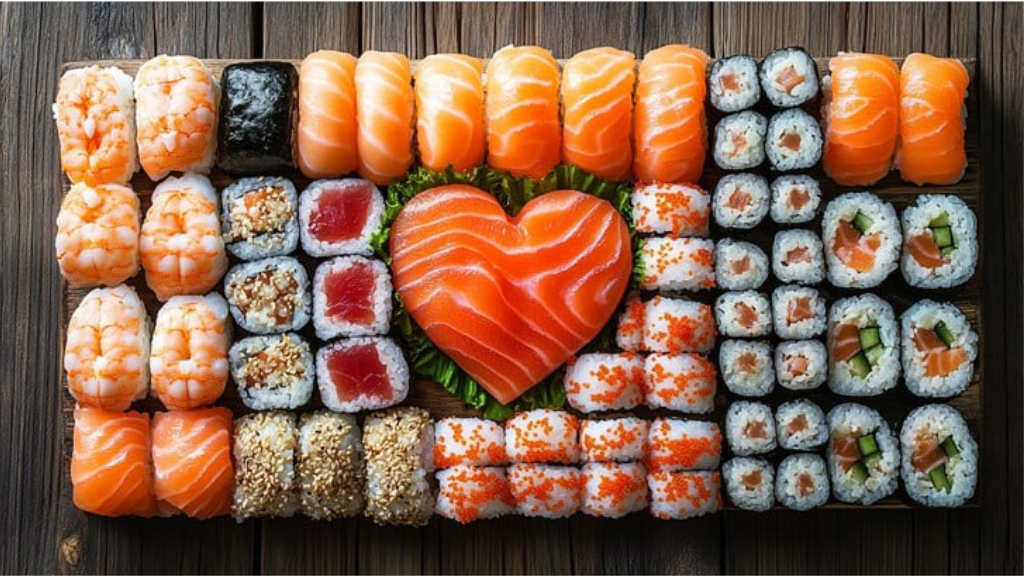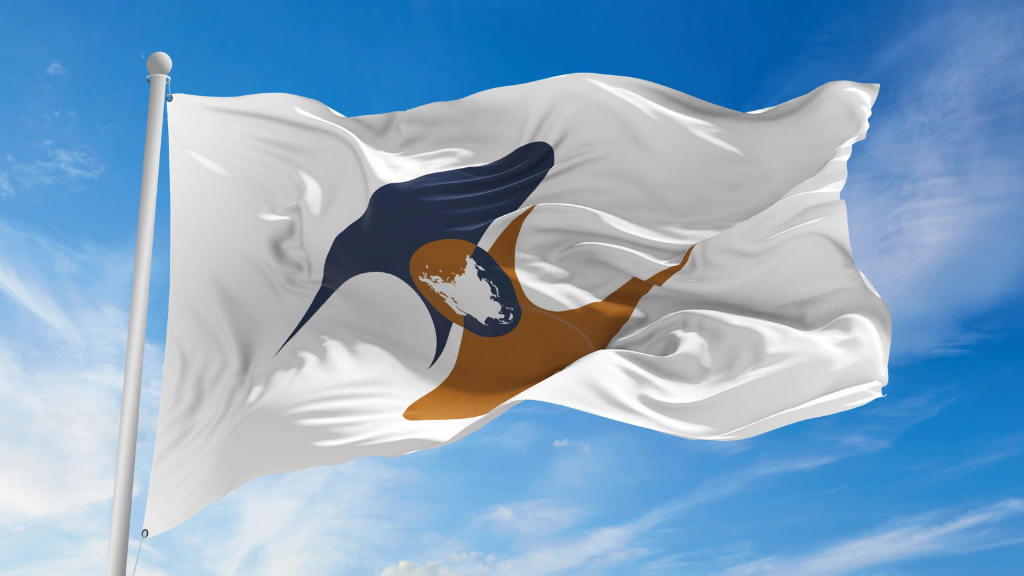Russia’s exports of fish and seafood to Japan were valued at US$606 million in 8M 2025, up 10% year-on-year, while supplies increased 15% in physical terms to 82,000 tonnes, according to data from Japanese customs statistics and the Japan Fish Union.
Russian exports of frozen pollock increased tenfold to 1,200 tonnes and fourteenfold in monetary terms to US$2 million, as Japanese demand begins to outweigh the political need to reduce Russian exports.
Supplies of pollock fillet were up 50% in weight and increased 55% in value to 3,500 tonnes and US $13 million, respectively. This is due to 16% YoY growth of fillet production on vessels from 8M to 77,000 tonnes. Exports of pollock surimi increased 1.5-fold to 16,000 tonnes and almost 1.8-fold in value to US$41 million. This is also explained by an increase in surimi production on Russian vessels while at sea, by one-third, to 72,000 tonnes. Surimi is a Japanese fish paste made from deboned, washed, and ground white fish, such as pollock, primarily used to create a variety of processed seafood products, most notably imitation crab sticks and other seafood analogues such as fish cakes.
Russian exports of pollock roe remained constant, being around 21,000 tonnes worth US$110 million. This is a popular ingredient in Japanese and Korean cuisines, where it is called tarako (plain, salted) and mentaiko (spicy), respectively, and is used as a topping on numerous sushi dishes.
Exports of frozen snow crab to Japan decreased 20% in 8M to 7,000 tonnes, the Fish Union said. However, the revenue from these supplies increased 5% to US$123 million. Shipments of king crab decreased 35% to 2,000 tonnes, and their value fell 15% to US$64 million. This is likely to be related to the reorientation of Russian crab catchers to the Chinese market. Supplies of live crabs to China in January-August compared to the same period last year increased 20% to 21,000 tonnes.
A successful Russian salmon fishing season this year led to an increase in sockeye salmon exports. Exports to Japan doubled to 11,000 tonnes and tripled in value to US$85 million.
Exports of live sea urchins remained at the level of the same period last year—6,000 tonnes—with the value also increasing 15% to reach US$61 million. Supplies of squid, due to the low base effect andthe offsetting of Japanese consumer demand against political pressures, increased 23 times in physical terms to 1,400 tonnes and almost 40 times in value terms to US$5 million.
Further Reading





